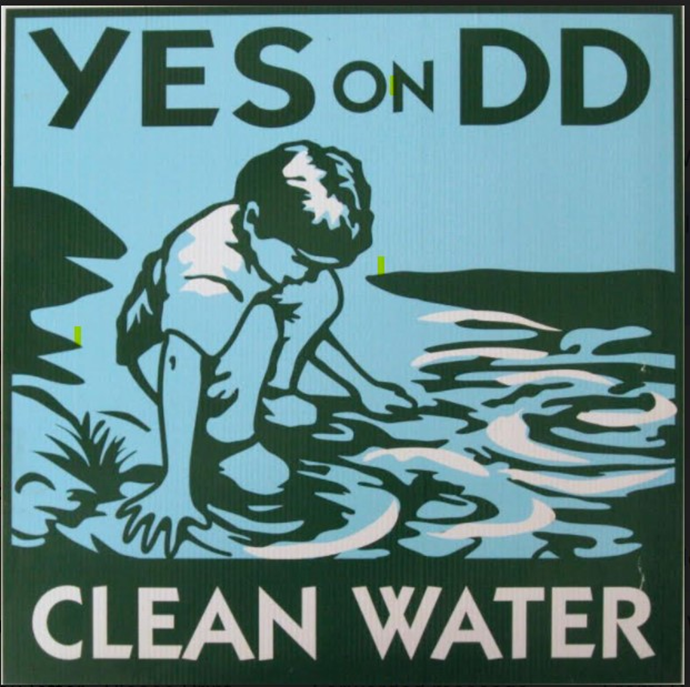Citizen Participation in Environmental Planning: A Case Study of Oakland Measure DD

Abstract
Citizen participation in environmental planning continues to make important contributions to government decisions about managing natural resources. This thesis examined citizen participation in Oakland’s Lake Merritt Measure DD ecological restoration projects using archival research, participant observation and key informant interviews. Citizen participation had at its roots two key events that led to the Lake Merritt restoration projects. First, the Coalition of Advocates for Lake Merritt (CALM) was organized to demand that the city issue a Request for Proposals for the development of public parkland and created the Lake Merritt Boulevard Plan as a public alternative to the sale and private development of park land. The City Council approved the Lake Merritt Boulevard Plan and merged it with the Lake Merritt Master Plan already in process. Second, CALM campaigned successfully for Ballot Measure DD to fund these projects, focusing its campaign on much-needed water quality improvements. Citizen participation was evaluated using Arnstein’s (1969) a Ladder of Citizen Participation which uses rungs of a ladder to represent the degree of participation between citizens and governments. This study found that citizen participation with government agencies is complicated by social considerations (education, available time) and by complicated jurisdictional relationships between agencies. Citizen participation did not appear to be stable at a distinct step on a ladder but instead varied along a gradient, with citizens having different degrees of influence upon government at different phases of the project.